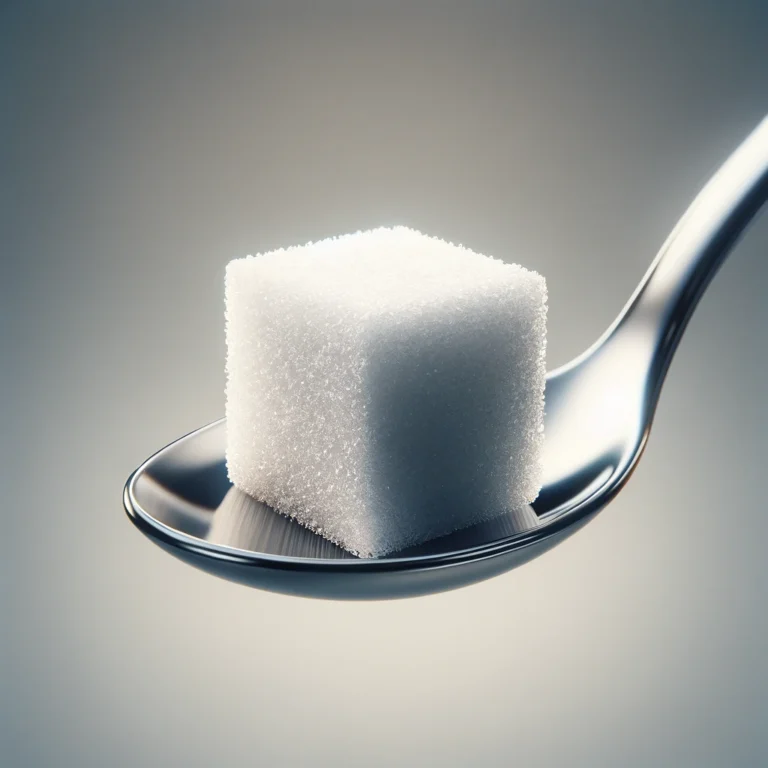Diabetes Can Raise Your Chances of Liver Disease: Things You Can Do to Avoid
You may significantly influence the health of your liver with a few simple lifestyle adjustments.
The American Diabetes Association estimates that 37.3 million Americans suffer from diabetes, a metabolic disease that most likely affects someone you know. Diabetes raises your risk of getting other illnesses, such heart disease. The condition formerly known as nonalcoholic fatty liver disease, or NAFLD, is metabolic dysfunction-associated steatotic liver disease (MASLD), a consequence of diabetes that is frequently disregarded. (Since the ADA utilizes that term in their most recent Standards of Care in Diabetes, we shall refer to it as NAFLD for the sake of this article.
The Centers for Disease Control and Prevention state that there is a connection between these two conditions since having diabetes raises your risk of developing liver disease, and liver disease increases your risk of developing diabetes. The ADA estimates that liver damage affects about 70% of persons with type 2 diabetes and obesity. For this reason, knowing how to maintain the health of your liver and comprehending the relationship between the two conditions are key. For all the information you require, continue reading.
The Connection Between Fatty Liver Disease and Diabetes
According to Johns Hopkins Medicine, the liver is a vital organ that is involved in several processes, including toxin clearance, blood sugar management, and digestion. Elevated blood sugars can cause damage to it since they encourage the buildup of fat. Insulin resistance is the main cause of both. According to Peggy Kraus, M.A., CDCES, a registered clinical exercise physiologist and certified diabetes care and education expert with Peggy Kraus Coaching, “insulin resistance is the root cause of both NAFLD and type 2 diabetes.”
Insulin is a hormone that functions as a gatekeeper, allowing glucose from the bloodstream to enter the cell and be used as fuel. Insulin aids in the liver’s glucose storage as well. The cells of an insulin-resistant individual reject the insulin that the body produces. In order to help remove glucose from the blood and restore normal blood sugar, the pancreas is compelled to produce more insulin. When the pancreas is unable to produce enough insulin over time, elevated blood sugar levels and the onset of type 2 diabetes or prediabetes may result.
According to the American Diabetes Association, sedentary behavior, being overweight or obese, and aging are major risk factors for insulin resistance. By increasing the production of free fatty acids and depositing them in the liver, insulin resistance contributes to the buildup of fat in the organ.
According to diabetes specialist and registered dietitian Caroline Thomason, RD, CDCES, of Washington, D.C., diabetes and liver disease are associated with comparable risk factors, including high blood sugar, obesity, high cholesterol, and a diet high in fat and sugar. For this reason, managing diabetes can benefit from many of the same actions that you can take to support liver function.
6 Easy Steps to Keep Your Liver Safe
1. Get Screened
According to the CDC, you won’t be able to tell whether you have NAFLD because the condition usually shows no symptoms in the early stages. The CDC advises consulting your physician about getting checked for NAFLD because of this. A blood test is used to measure liver enzymes in order to achieve this. It could be necessary to do more tests, such imaging. The likelihood that fatty liver can be managed with lifestyle changes increases with the time after diagnosis.
2. Control Your Blood Sugar
Your liver may suffer harm from persistently elevated blood sugar. So, the secret to treating diabetes is to have faith in your plan. To ensure that your current medication regimen is effective and suitable for you, ask your doctor to examine it. To help you control your blood sugar, get in touch with a trained dietitian who can advise you on the best dietary and lifestyle choices.
3. Maintain a Healthy Weight
It is not easy to lose weight, but it is something that diabetics who are overweight or obese and have high levels of visceral fat (fat around the waist) should think about because it increases the chance of developing non-alcoholic fatty liver disease (NAFLD). Losing weight can help lower fat, inflammation, and scarring (from excess fat) in the liver, according to the National Institute of Diabetes, Digestive and Kidney Diseases. Try to reduce weight gradually; fast weight loss can exacerbate liver disease, according to the NIDDK. Losing 7% to 10% of your body weight is an excellent target. Uncertain about where to begin? Take a look at these meal plans for weight loss to learn how to approach weight loss in a sustainable and healthful manner. If it seems like too lot, consider concentrating on just one or two lifestyle adjustments at a time, such taking more meals home or going for daily walks.
4. Move More
The CDC recommends that people with diabetes engage in moderate-to-intense physical activity for at least 150 minutes per week. Resistance training and aerobic exercise both reduce body fat and increase insulin sensitivity. According to Kraus, NAFLD improves along with insulin resistance as cells become more receptive to the hormone.
Exercise for thirty minutes a day has so many positive effects on your body. Start out softly and build up to more if you don’t currently exercise regularly. Look for something you enjoy doing and want to do. Throughout the day, take short walks, marches in place, or stands to stretch.
5. Eat a Low-Fat, High-Fiber Diet
Fiber is a nutrient that has many health advantages, according to Thomason. These benefits include lowering blood sugar, cholesterol, and body fat, all of which lower your chance of developing NAFLD. 28 to 34 grams should be consumed daily. Simple tactics include choosing a serving of nuts or seeds each day, eating fruits or vegetables at every meal, and ingesting half of your grain diet as whole grains. Kraus advises focusing on foods that are naturally high in fiber and low in fat, such as fruits, vegetables, beans, and lentils.
6. Reduce Sugar Intake
Foods heavy in added sugar and fat, for example, are examples of foods that are high in calories and simple to overindulge in, which can result in an excess of calories and weight gain. According to Thomason, “overconsumption of calories is one of the biggest contributors to NAFLD.” One excellent way to start cutting back on sugar and increasing your intake of nutritious foods is with the Mediterranean diet. And according to the American Diabetes Association’s Standards of Care in Diabetes, it provides some of the greatest evidence for enhancing liver function and cardiometabolic health.
In summary
Diabetes does not guarantee liver disease will strike you. The CDC states that making good lifestyle adjustments may help stop, minimize, or even reverse the accumulation of excess fat in the liver. The risk of NAFLD can also be decreased by controlling your diabetes with a balanced diet, regular exercise, and taking your medication as directed. Speak with a certified diabetes care and education professional or a qualified dietitian for assistance in achieving your goals.







